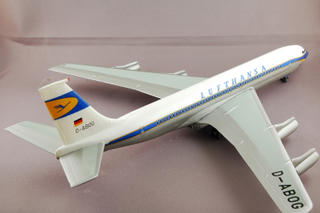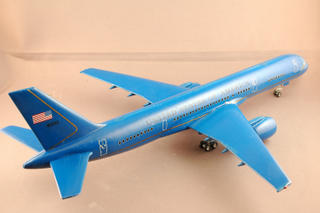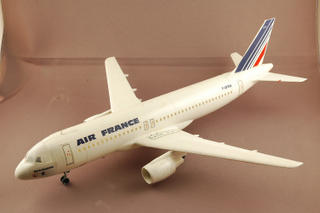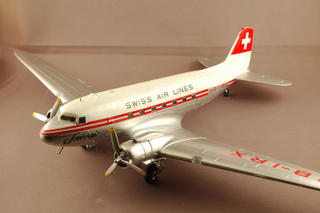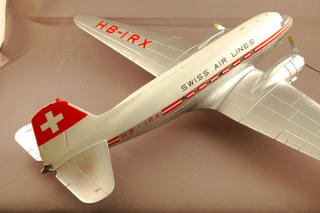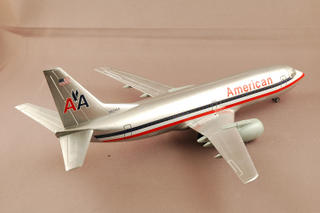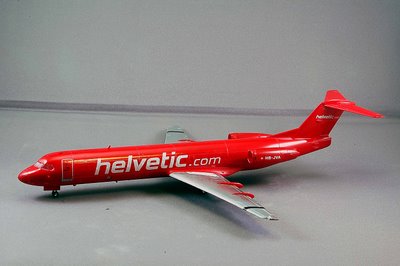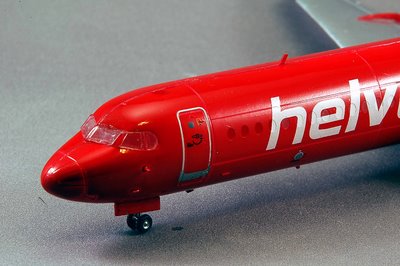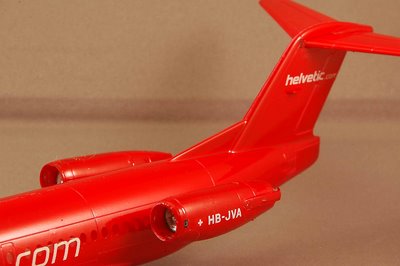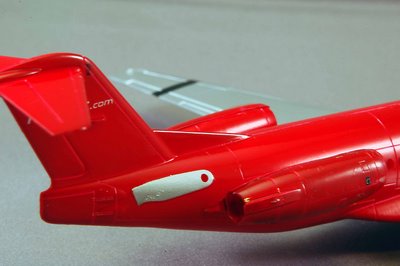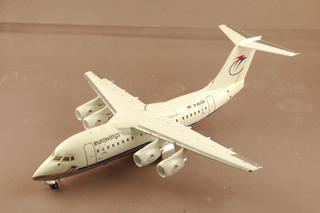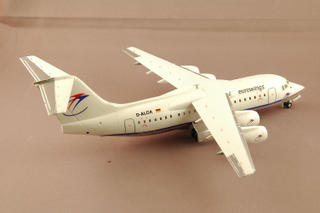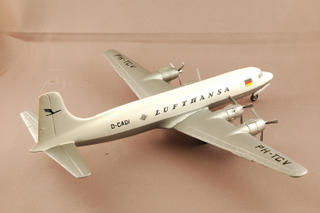Minicraft Boeing 707-420 1/144 Scale

The Boeing 707 was the United States' first production jet airliner, and the aircraft with which the US first gained the lead in commercial jet manufacture. It has remained in continuous production since the mid-1950s until 1977. It was not the first US transport aircraft to be jet-powered; that distinction belonged to the experimental military XC-123A powered assault glider.
From the start the 707 had accommodation for approximately four times as many passengers as the original British de Havilland Comet I, as well as a considerably higher maximum speed. This, combined with a temporary setback to the British aircraft, helped establish the 707 in World-Wide service. The developed Comet 4 was first to open a transatlantic passenger jet service, on October 4,1958, but the 707s of Pan American followed from October 26,1958 and went on to inaugurate the first round the world jet passenger service on October 10,1959. The prototype first (Boeing Model 367-80) flew on 15 July 1954, and the initial aircraft off the production line were military KC-135A flight refueling tanker/transports.
Only a short time elapsed before commercial versions were built, a flood of orders from airlines all over the world being sparked off by a large contract placed by Pan American. Production centered on two major series, the 707-120 medium-range versions for up to 181 passengers, and 707-320 long-range versions for 189 to more than 200 passengers. By the spring of 1977 total sales of the 707 stood at 920, operating in every continent of the world. This original Boeing 707 was followed by a whole family of 707 passenger and cargo variants, with different lengths and weights, and turbofan power. The passenger carrying 707-320B and passenger/cargo 707-320C models were still in production in 1977. Also developed was the short-to-medium-range version known as the Boeing 720 or, with turbofans, 720B. By the end of October 1976, 920 Boeing 707s and 720s of all models had been ordered, and they had flown more than 30 million hours and carried just under 522 million passengers.
Other information:
